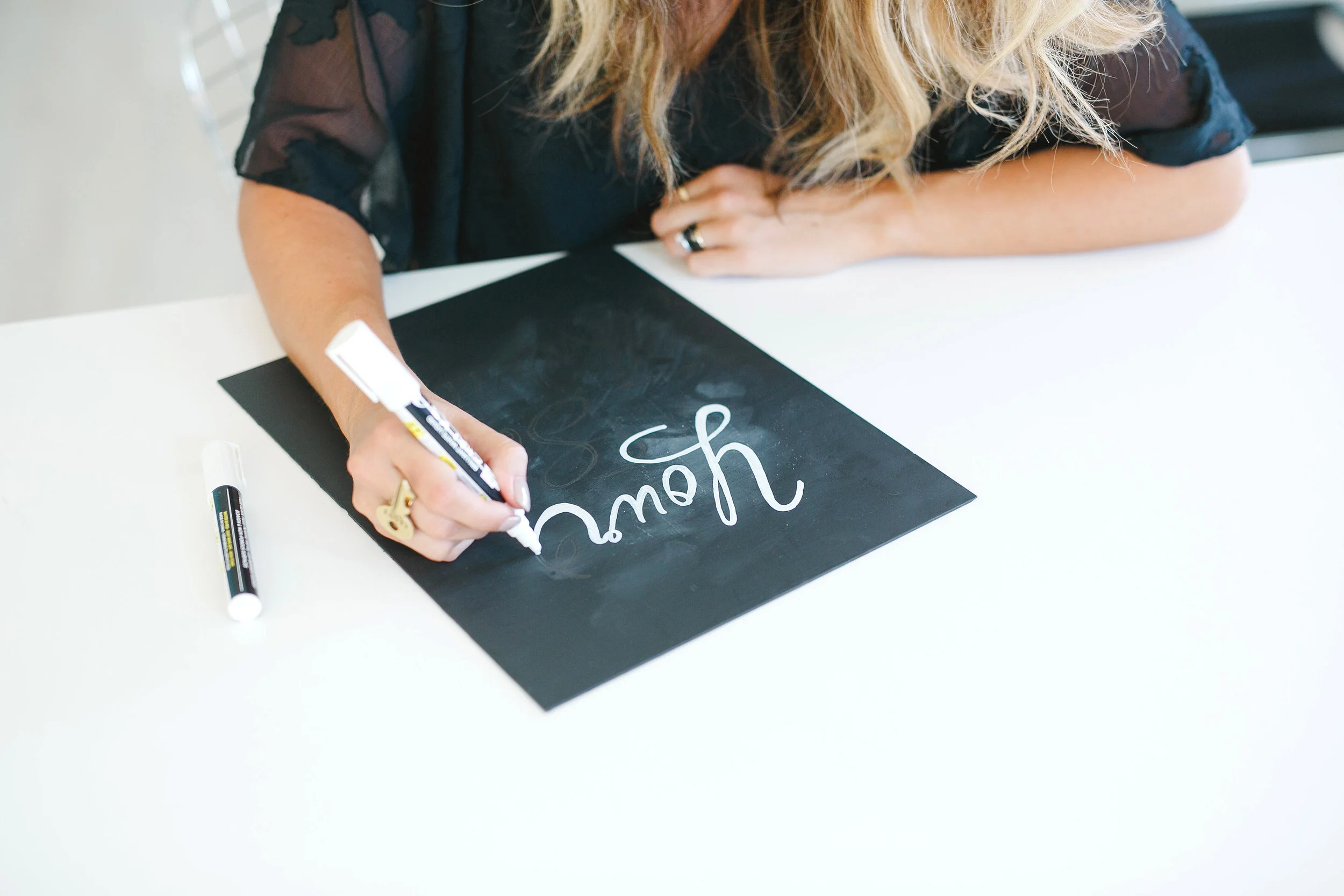How To choose fonts that reflect your brand.
Dynamic font choices can be the ultimate way to make a statement with your brand & showcase your personality! The shapes of the letters, the sizing, the spacing, and even the pairing of fonts together can create different moods and emotions that can help your brand have that extra WOW factor. As designers, we can really geek out over finding the perfect font and font combination for Go Live HQ or a client that we're working with because we realize the subconscious impact that it has.
When observing different kinds of brands, we notice that at times fonts are either overlooked or they are overplayed. Some people don't realize the importance of strategically choosing fonts that represent their brand, so they opt for the default fonts or random fonts that they like.
Poorly considered type can make a design look boring, cluttered, busy, heavy, and may leave your viewer tilting their head thinking that something looks "off". For instance if you are a writer that creates long, deep, and serious content you do not want a font that is decorative, bubbly, and bouncing looking. The conflicting message will confuse the reader, make it hard to read, and water down your voice. On the other hand, some people know the importance of typography, but they go crazy using flashy fonts that create an overwhelming environment for the reader.
To make the biggest impact in your design, choose fonts based on a word that you want your potential customers to FEEL when they interact with your brand or visit your website.
To make the right decision for your brand it's helpful to know a few genres and their different personalities. There are hundreds of fonts with different vibes and emotions, but in the graphic we've displayed the top 10.
01. Choose a logo font
Choose a logo font to be the *main* mood/personality for your brand. Use the examples above as a guide or explore different fonts on your own online via myfonts.com (paid) or dafont.com (free)
We suggest letting your logo be the only place where you use this particular font that you choose. Some people love a specific font so much that they want to use it for their logo, title headers, sidebar buttons, and everywhere. But we don’t suggest doing that (unless you’re a skilled graphic designer and you know what you’re doing) because it will look like a default font and weaken your overall visual identity. Your logo should be treated special and should not look like ALL the other words that you will use around your site and brand.
02. Choose a secondary font that compliments your logo font
Now choose a different font for your header titles, buttons, navigation, links, etc. In order to keep the balance in the overall design, the font should have less personality than your logo font. When it comes to pairing fonts they need to complement each other and not compete with each other. The secondary font in particular should look good in relation to your logo font. The logo font needs to be the head honcho and the secondary font needs to support the head honcho.
03. Choose a readable body copy font
Your body copy font HAS to be easy to read. Readability is our main goal for choosing this font. PERIOD. Fancy, ornate, or decorative body copy fonts are often the culprit for an ugly brand, blog, and website design. Many people have good intentions because they want their blog to be interesting looking but it's actually really distracting, hard to read, and it disrupts the balance on a page. Other than readability the body copy font has to match the vibe of your overall visual identity and it has to look good with your logo and title fonts. If your brand is modern and clean then I recommend you use a sans serif font. If your brand is classic and timeless then I recommend a serif font.
We hope this blog post helps you make more strategic decisions for your business so that your brand looks cohesive with your messaging. Have fun with those fonts!









